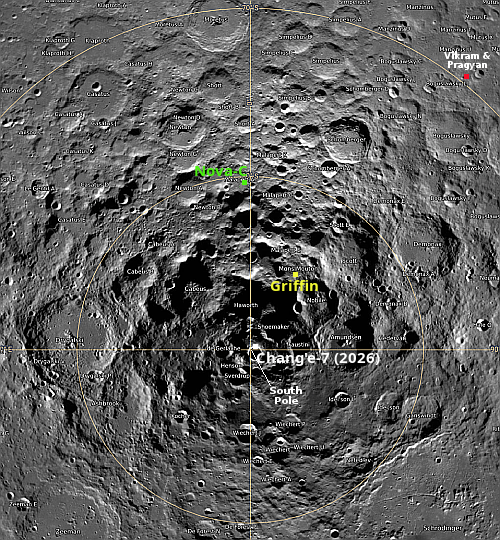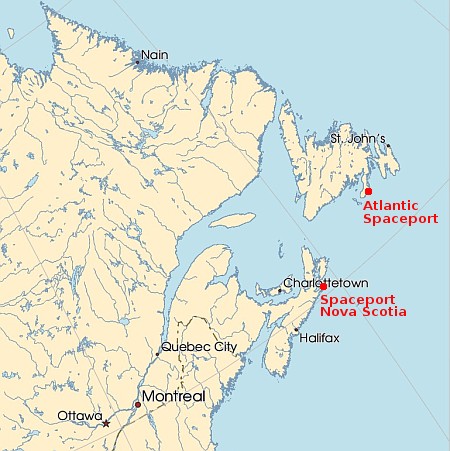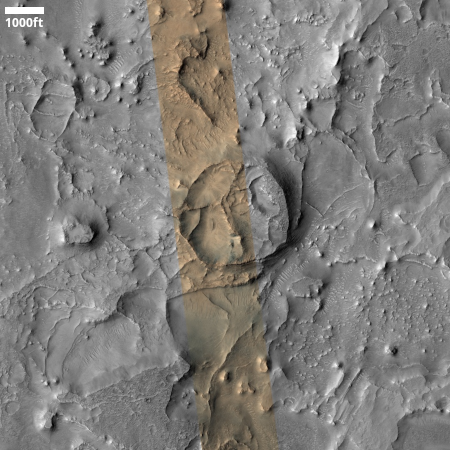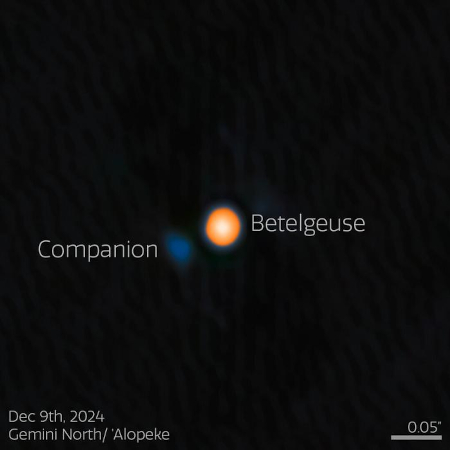The base of the Democratic Party has truly become nightmare to behold

They aren’t just mindless, they are driven by hate
I always say it is the audience that counts. No matter what idiocy the leaders on both sides of the political spectrum might propose, the real future is determined by what their base wants.
It is now very clear that the base of the Democratic Party is driven entirely by hate, envy, and a lust for power, based on an ignorance of history that is appalling. And my saying this not simply an opinion. It is founded on what that base itself has said repeatedly in the past year. First that base has increasingly thrown its support behind Hamas and its anti-Semitic hate of Israel and Jews. Next, it mourned the failed assassination attempts against Donald Trump, then celebrated the murder of Charlie Kirk, a man whose primary goal was to foster free debate.
In this election season now that base is supporting a candidate in Maine, Graham Platner, who got a Nazi tattoo placed on his chest, and has made numerous hateful posts online over the years against anyone who disagreed with him.
In Virginia that base is excited to support a candidate for attorney general, Jay Jones, who enthusiastically called for the murder of his political opponents as well as the death of their kids.
And finally, in New York that base is rallying with great joy around an anti-Semitic Muslim, Zohran Mamdani, who hates the police and wishes to impose communism on that city. And the base showed its envy of the success of others at a big Mandani rally this past weekend, chanting without prompting over and over again that Mandani and New York’s Democratic Party governor Kathy Hochul should “Tax the rich!”
It was very clear that they weren’t chanting this to simply to re-distribute wealth, or to improve New York. No, it was very clear they wished to tax the rich because they wanted to destroy the rich. How dare such people have success when I don’t!
» Read more









